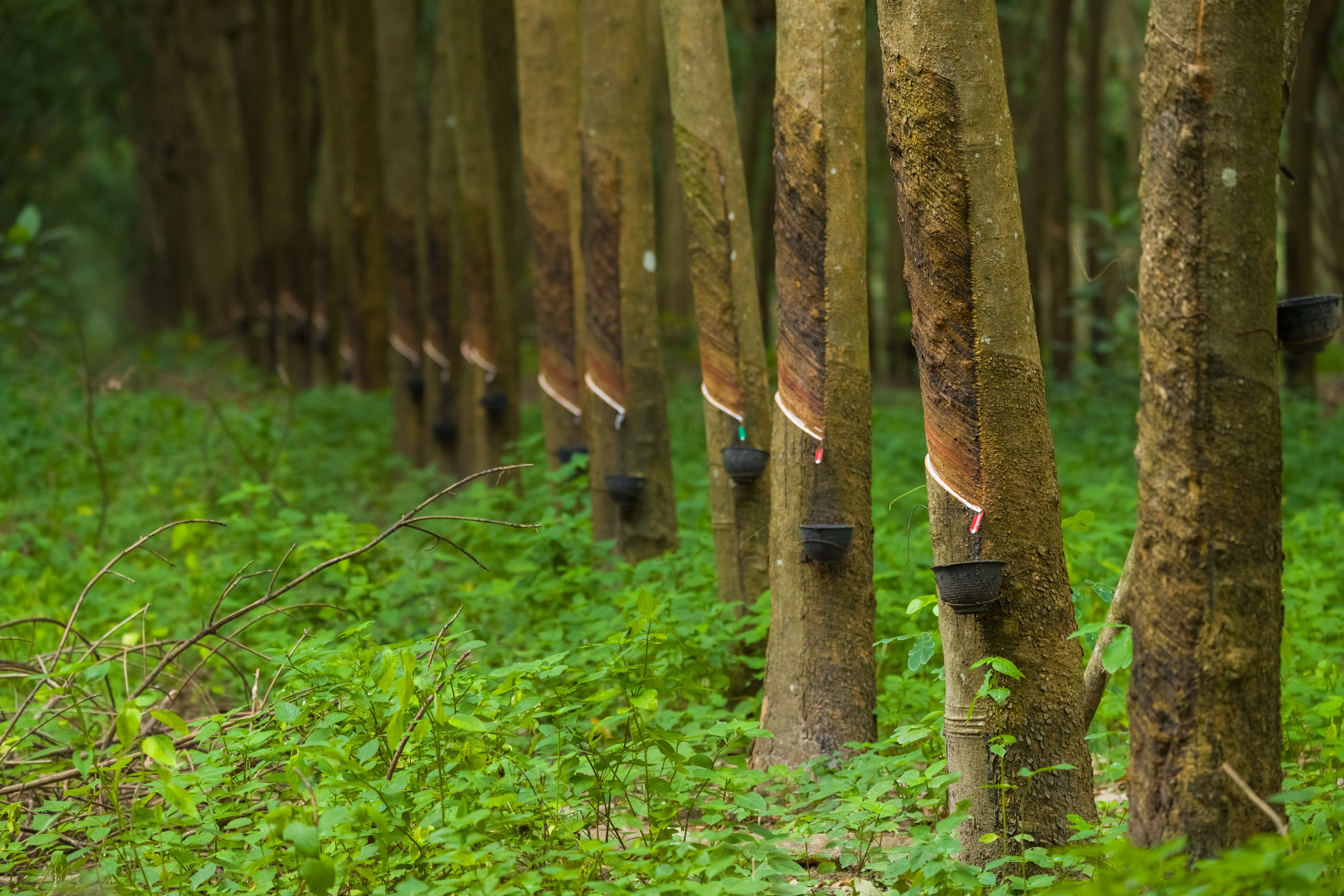
When people think of tires, they rarely think about what they’re actually made of. Yet without rubber, there would be no grip, no flexibility, and no durability. Every tire is a blend of natural rubber (harvested mainly from Hevea trees grown in Southeast Asia) and synthetic rubber, which is derived from petroleum.
For the past two or three years, warning signs have been piling up:
In short, everyone is paying the price — manufacturers… and ultimately, drivers.
In Canada, winter always seems to arrive too soon — and long lines at the garage in October or November have become a seasonal tradition. This year, one detail might sting a little more: some tires cost more than before — sometimes 5 to 10% higher, depending on the brand. End-of-season promotions are also becoming rarer.
For drivers, that means strategy matters: waiting until the last minute isn’t just risky for getting an appointment — it can also mean paying more.
Major tire manufacturers know that depending solely on Hevea trees is risky. Several alternatives are starting to emerge:
These innovations won’t lower prices overnight, but they open promising doors for the years ahead.
A few simple habits can make a real difference:
The rise in rubber prices is a reminder that behind every tire, there’s a global market directly affecting your wallet. For Canadian drivers, the key words are simple: plan ahead and compare.
To avoid unpleasant surprises, the easiest way is to buy online. On 4tires.ca, you’ll quickly find your tire models at the best price, with fast home delivery.
BF GOODRICH
BRIDGESTONE
CONTINENTAL
GENERAL
GOOD YEAR
IRONMAN
MAZZINI
MICHELIN
SAILUN
YOKOHAMA